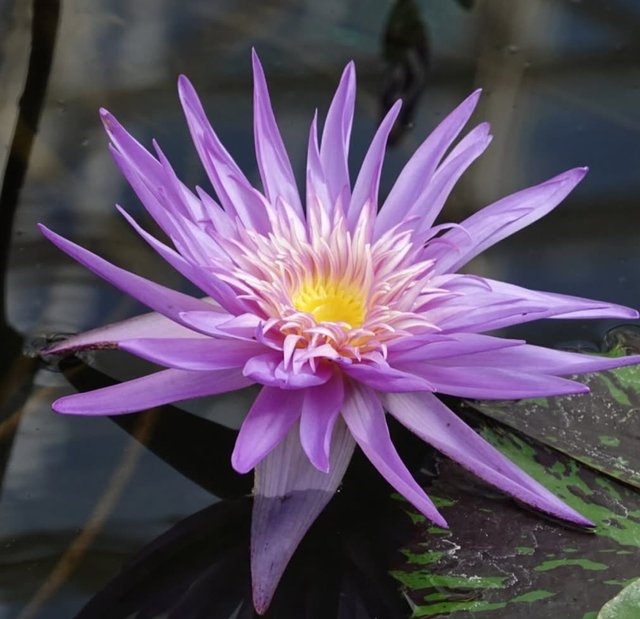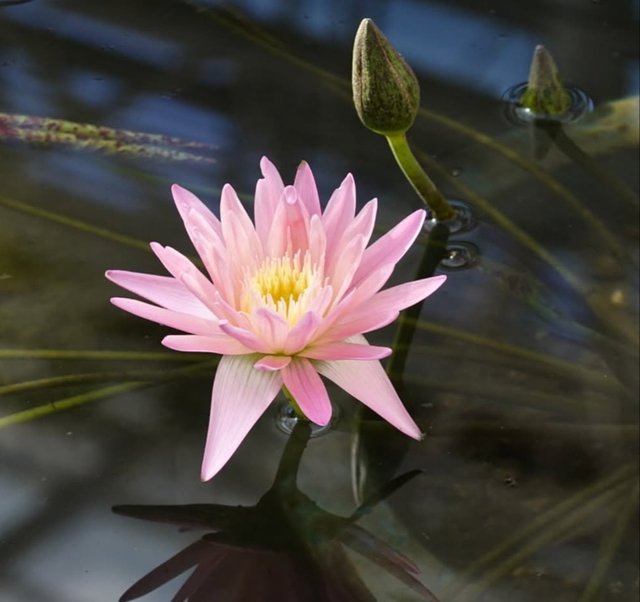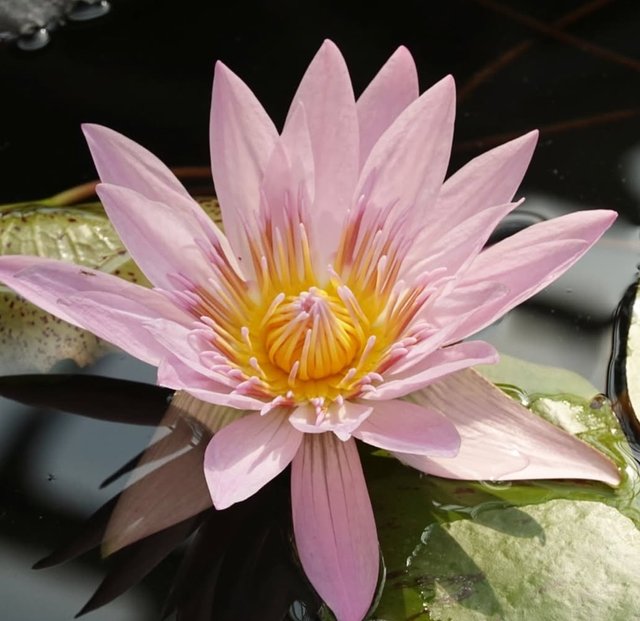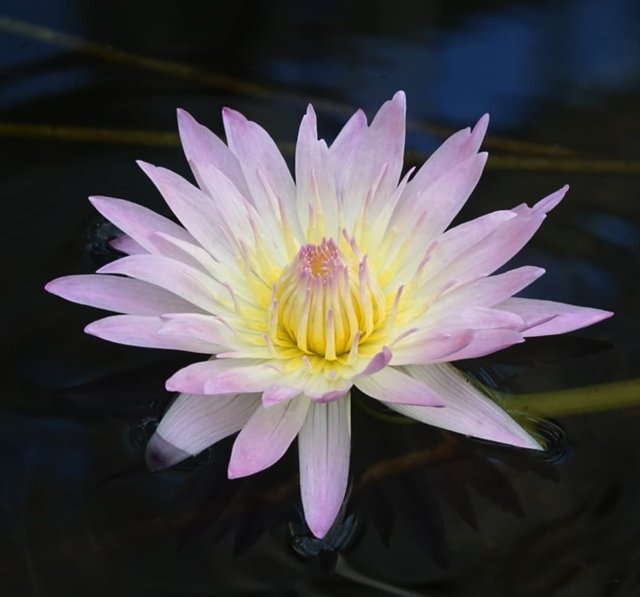Pygmy Water-Lily: A Tiny Jewel of Aquatic Ecosystems
The Pygmy Water-Lily (Nymphaea tetragona), often referred to as the dwarf water-lily, is a stunning yet lesser-known member of the water-lily family. Unlike its larger relatives, such as the well-known Nymphaea alba or Nymphaea caerulea, this species is much smaller, making it an ideal plant for compact water gardens, ponds, and even indoor water features.
Let’s dive into the fascinating world of the Pygmy Water-Lily, exploring its habitat, physical characteristics, ecological role, and how it can be cultivated for ornamental purposes.
Habitat and Natural Distribution
The Pygmy Water-Lily is native to a wide range of regions, including parts of Asia, Europe, and North America. It thrives in slow-moving or still freshwater bodies such as ponds, lakes, and marshes. Unlike tropical water-lilies, which prefer warmer climates, Nymphaea tetragona is a hardy species that can withstand colder temperatures, making it suitable for temperate regions.
It prefers shallow water, typically around 10–30 cm deep, where its floating leaves can receive ample sunlight. Since it thrives in calm waters, it is rarely found in fast-flowing rivers or streams.
Physical Characteristics
Size and Appearance
As its name suggests, the Pygmy Water-Lily is much smaller than other members of the Nymphaea genus. Here are its key physical traits:
Leaves: The floating, round leaves are typically 5–10 cm in diameter. They are green on the upper surface, sometimes with purplish tones on the underside.
Flowers: The delicate, cup-shaped flowers are white, sometimes with a yellow or pinkish hue, and measure 2.5–5 cm across. They are smaller but just as beautiful as those of larger water-lily species.
Blooming Time: The flowers bloom from spring to late summer, usually opening in the morning and closing in the evening.
Root System: Like other water-lilies, it has a rhizomatous root system that anchors it in the muddy bottom of ponds and lakes while allowing its leaves and flowers to float on the water’s surface.




Thanks For Reading
